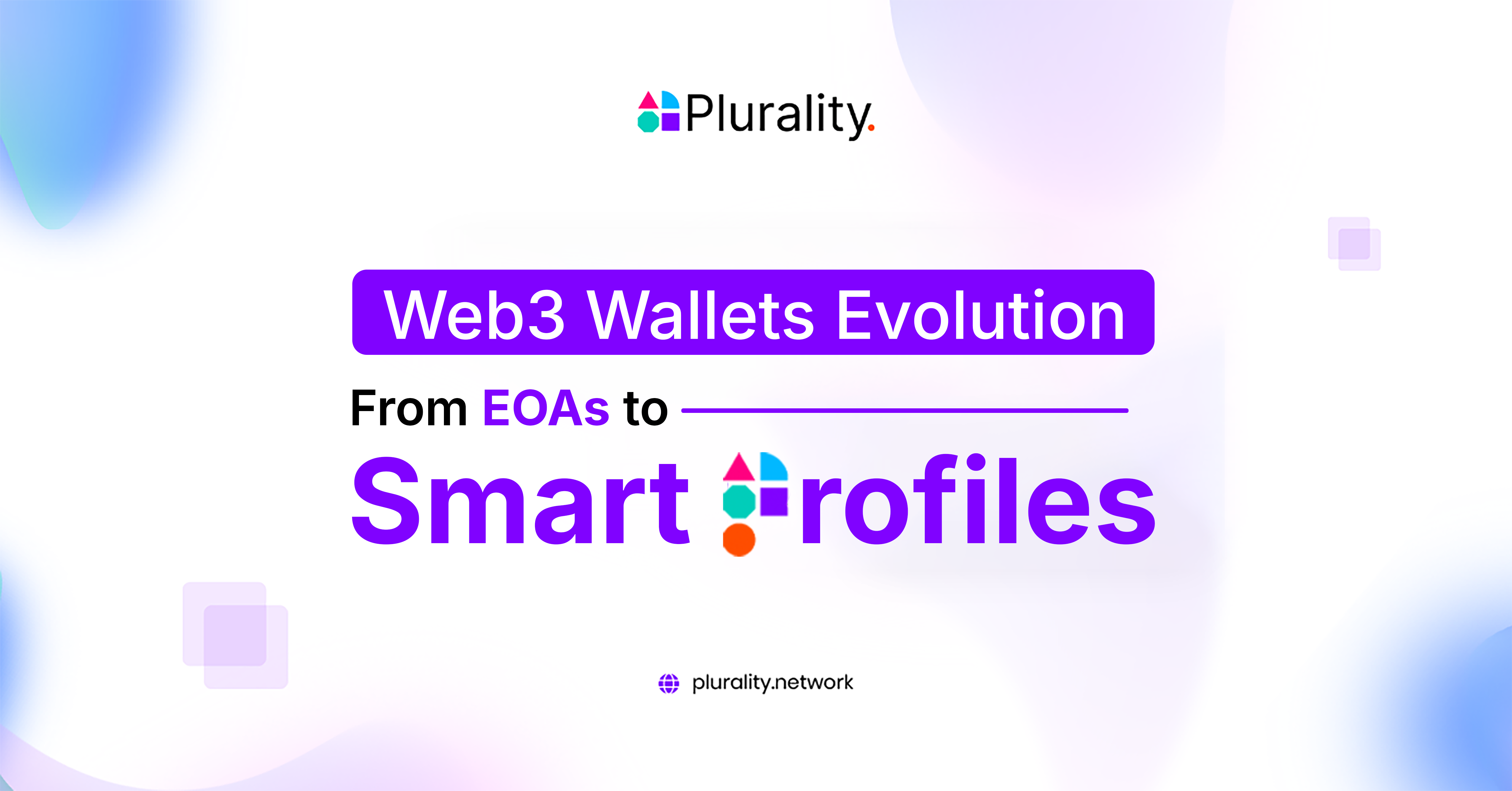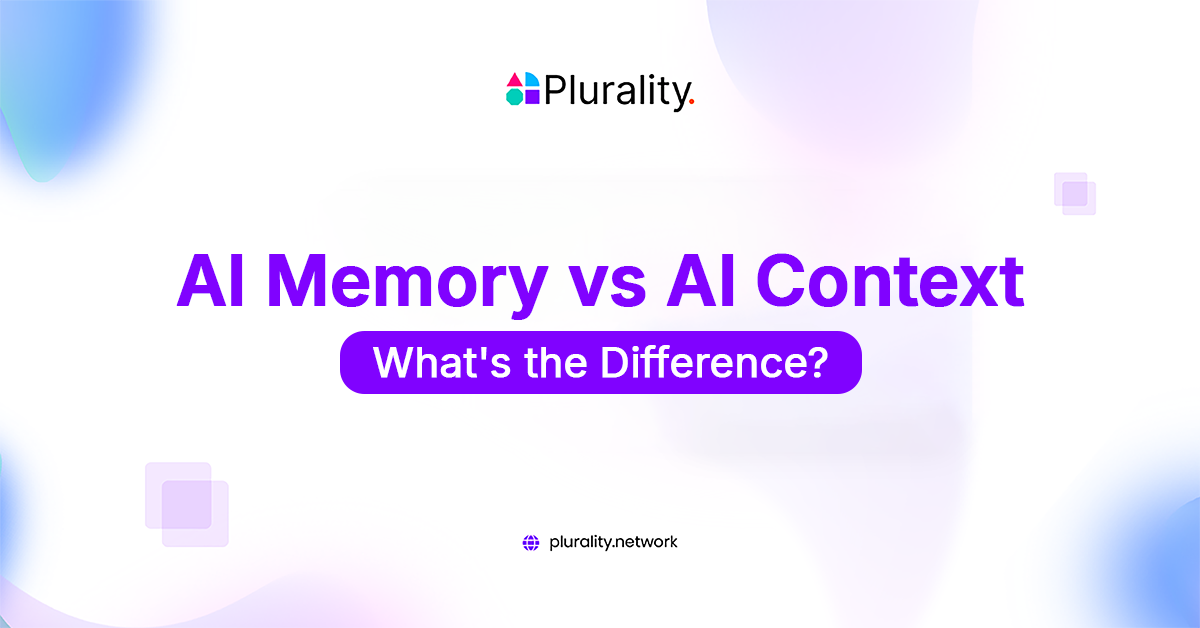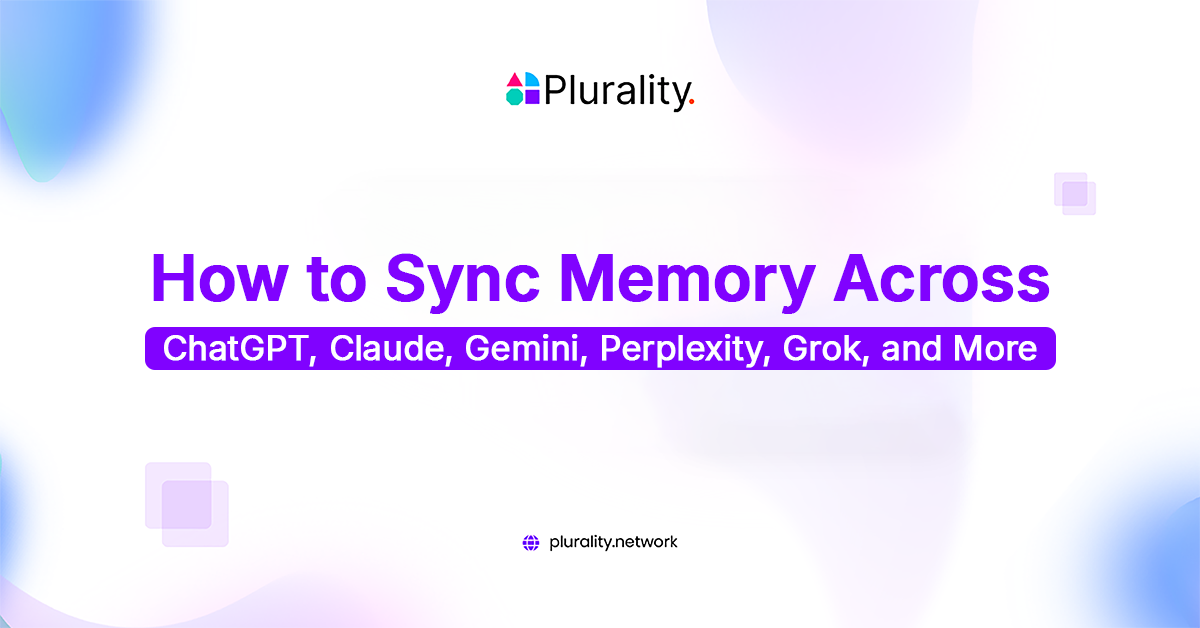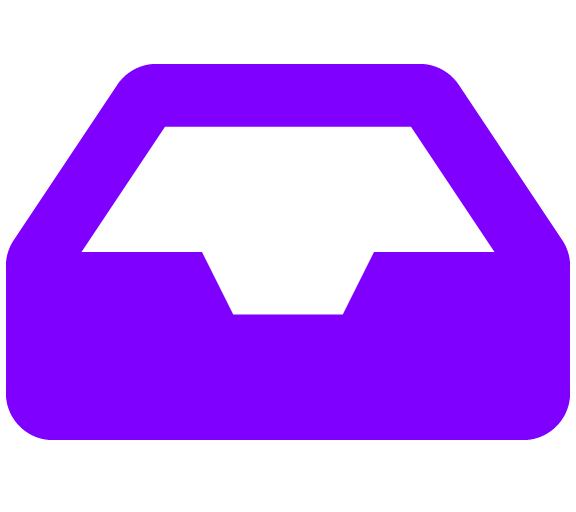Web3 Wallets Evolution: From EOAs to Smart Profiles
By Alev • December 30, 2024

Wallets, originally simple tools for storing and transferring cryptocurrency, have transformed into far more dynamic solutions. The tools and programs in the Web3 ecosystem are growing as fast as the overall blockchain ecosystem. Now, wallets are not just managing the assets; rather, they contain personhood as well. Wallets connect with decentralized apps (dApps), manage digital identities, manage permissions and preferences, and even play a role in building personal reputations. What caused them to become this complex? This shift reflects the growing need for flexible, secure solutions focused on the user as blockchain networks expand.
The journey from basic Externally Owned Accounts (EOAs) to Smart Accounts, and now to Smart Profiles, shows just how far Web3 wallets have come. These changes highlight how important wallets have become in the Web3 world. In many ways, wallets have become powerful tools beyond simple functionality. They help navigate the decentralized Web3 and connect users securely. The wallets play even bigger roles with the growing Web3.
What are Externally Owned Accounts (EOAs) in Web3?
Externally Owned Accounts (EOAs)are the most basic form of wallet, also known as Wallet 1.0. They were introduced when Ethereum launched and some of the other early blockchains. EOAs are designed to manage and store digital assets such as cryptocurrencies and tokens. A private key controls them, signs transactions, and gives access to the wallets.
How do EOAs Work?
An EOA is essentially an address on the blockchain tied to a private key. The private key holder has full control over the funds within the EOA, and all transactions require the key to sign them. This makes EOAs simple but also highly dependent on users’ ability to secure their keys.
Characteristics of EOAs
- Accessibility Via Private Key: A private key helps the user control the wallet. So, if a user loses the key, the wallet cannot be accessed.
- Basic Functionality: Simple smart contracts are used to send and receive crypto. They are limited to basic transactions only.
- No Customization: They don’t offer advanced features or customizable behaviors, such as automated transactions, multi-signature setups, or recovery options.
EOAs are Wallet 1.0
EOAs were revolutionary in their simplicity and security. When the demand grew for complex interactions within the decentralized ecosystem, it was evident that a new type of wallet was needed. Externally Owned Accounts (EOAs) are first-gen wallets that are very simple and secure. They allowed users to manage assets with a private key. However, with the progress of Web3, the EOAs started depicting their limitations, particularly when more complex interactions were encountered, such as those required by decentralized finance (DeFi), governance, or multi-signature protocols.
Though basic, EOAs laid the groundwork for more advanced wallet technologies. They paved the way for the next generation of wallets, offering greater flexibility, security, and programmability in order to keep up with the exponentially growing demands of decentralized applications (dApps) and broader Web3 use cases.
What are Smart Accounts in Web3?
Smart Accounts represent Wallet 2.0, an evolution of the basic EOA. Instead of relying solely on a private key for security and control, Smart Accounts are powered by smart contracts programmable code that allows users to interact more dynamically with decentralized networks. This evolution enables greater flexibility and security than EOAs, as they can be customized to suit various needs.
How do Smart Accounts Work?
Smart Accounts are smart contracts that manage users’ funds and interact with decentralized applications (dApps). Multiple signatures for transactions can be set as a requirement with programming for setting spending limits or even executing certain actions based on predefined conditions.
Characteristics of Smart Accounts:
- Customizable Logic: Users can define the rules and conditions under which their assets can be accessed, adding flexibility and security.
- Enhanced Security: Smart accounts use multi-signature arrangements or social recovery mechanisms to prevent users from losing a private key.
- Programmable Interactions: These wallets can execute automated transactions and interact with various dApps, making them more versatile than EOAs.
Smart Accounts are Wallet 2.0
Smart Accounts represent a significant upgrade over EOAs, enabling more complex interactions within the Web3 ecosystem. They allow for greater programmability, security, and control and are well-suited for use cases like DeFi, governance, and other advanced blockchain applications. Smart Accounts were a major leap forward, allowing users to customize wallet interactions through programmable smart contracts. This evolution from EOAs to Smart Accounts helped address many of the limitations associated with basic wallets, particularly regarding security and functionality.
By enabling programmable behavior and customizable recovery options, Smart Accounts unlocked many new possibilities for decentralized finance (DeFi), governance, and other Web3 applications. This flexibility is a key reason Smart Accounts are considered the second generation of Web3 wallets.
What are Smart Profiles?
Plurality Network’s Smart Profiles represent the next stage of wallet evolution, Wallet 3.0. These profiles are not just about storing and managing digital assets but also incorporate personhood, i.e., decentralized identity and reputation management, transforming how we engage with decentralized networks. Unlike traditional wallets that focus solely on asset management and smart contract interactions, Smart Profiles combine these functions with powerful digital identity features, offering a complete identity solution for users in the Web3 world.
The wallet’s basic functionality and capability are extended by a smart profile’s core protocol with features such as personalization, verifiable identities, and a user-owned social graph. These features allow users to engage with dApps and services to uniquely mimic their digital personas while controlling their privacy and security.
How Do Smart Profiles Work?
DIDs allow users to control their identity independently, whereas VCs enable the secure sharing of verified information without compromising privacy. Both DIDs and VCs are the key foundational technologies in the Web3 ecosystem. Smart Profiles make use of both technologies to ensure privacy and security.
Creating a Smart Profile is inherently tied to your decentralized wallet, where your private keys anchor your identity. Through these technologies, users can prove their identity, manage their reputation, and interact securely with decentralized networks without exposing personal data to third parties. The result is a profile representing your assets, activities, and reputation in Web2 and Web3 environments for a certain context.
Smart Profiles are Wallet 3.0
Smart Profiles represent the next evolution in wallet technology, also known as Wallet 3.0. While traditional wallets were designed primarily for managing digital assets, Smart Profiles take the wallet concept much further. They combine the security and functionality of a traditional wallet with personhood, allowing users to create and manage a flexible, secure digital identity.
A Smart Profile is an interoperable identity framework framework that can be used across multiple platforms, both Web2 and Web3. They are a unified solution for managing assets, tracking reputation, and personalizing interactions with dApps. The wallet has evolved into a comprehensive solution for managing one’s digital identity from just a simple tool for managing transactions.
Characteristics of Smart Profiles
- Comprehensive Digital Identity: Smart Profiles unify your digital assets, reputation, and activities across Web2 and Web3, offering a seamless, cohesive identity.
- Privacy and Security: Using Zero-Knowledge Proofs (ZKPs), Smart Profiles verify your identity or attributes without revealing sensitive data, ensuring privacy while enabling secure interactions.
- Reputation and Activity: Smart Profiles track your contributions to decentralized organizations and involvement in community projects, building a trusted, verifiable reputation for Web3 applications.
Why Smart Profiles Can Be Called Wallet 3.0?
Smart Profiles are the future of digital identity and interactions in Web3. They depict an evolution from the traditional wallet model. They offer a more comprehensive identity management system combining private key security and easy login mechanisms with reputation tracking, identity management, and privacy-centric solutions in the Web3 ecosystem. Now, the wallet is no longer meant to store and manage assets only. It also defines the user’s personhood. With the integration of decentralized identity standards, ZKPs, and reputation systems, Smart Profiles offers users a secure, flexible, and user-centric solution for navigating Web2 and Web3 platforms. Smart Profiles will be used to manage digital presence, reputation, and interactions across decentralized networks with the evolving Web3 space.
Conclusion
The wallet evolution in Web3 indicates the dire need for a sophisticated solution with the increasing complexities of cross-chain interactions. From the basic EOAs to Smart Accounts and now to Smart Profiles, challenges and limitations paved the way for bringing in the solutions that weigh more, do more, and make Web3, in simple terms, accessible. We call Smart Profiles Wallet 3.0 because they offer a comprehensive solution combining digital wallets, reputation management, and privacy as users demand more control over their identities, assets, and interactions in decentralized ecosystems.
Smart Profiles are not just a tool for managing digital assets. They represent the future of digital identity in Web3. They empower users to navigate the decentralized Web3 easily with unified, secure, and privacy-preserving identity management. Since Web3 is still set on sail for a change, so will the wallets, and Smart Profiles are ultimately the next step in the wallet evolution of a user-centric web3.



